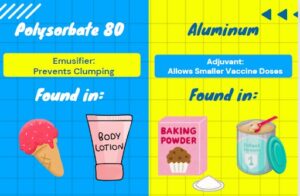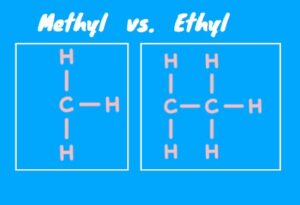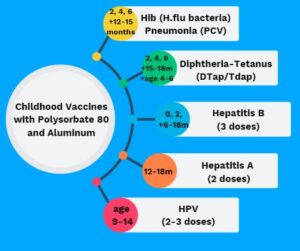Ingredients in childhood vaccines are safe and are also common in the environment and other household items.
The end of summer is a busy time of year for parents. With health visits and school supplies on the brain, vaccines are probably the last thing on most parents’ minds. But have you ever wondered about what’s in many childhood vaccines?
Most vaccines need more than their active ingredients to be shelf-stable and perform at their best. Two common ingredients found in vaccines as well as commercial products and the environment are polysorbate 80 and aluminum. Not only are these ingredients found in many household items, but often in greater amounts than in routine shots.

A third ingredient, Thimerosal, also known as ethyl mercury, is often found in multi-dose flu vaccine preparations. It is a harmless preservative used to prevent the growth of bacteria or fungus in a vaccine vial that is accessed more than once. Most manufacturers have moved towards single-use vials, which not only reduce vaccine wastage, but also eliminate the need for preservatives like thimerosal to prevent contamination.

Thimerosal is no longer used in childhood vaccines, but is still used in many flu vaccines and adult/teen Tetanus (Td, NOT Tdap) shots. There is no thimerosal in COVID-19 vaccines or Fluarix (a pediatric flu formulation). Thimerosal has gotten a bad rap partly because of its similarity in name to methyl mercury, which is incredibly toxic. Ethyl and methyl groups differ by only 2 hydrogens and a carbon, but these little letters make a big difference. Ethyl mercury is non-toxic and is quickly broken down and excreted by the body while methyl mercury is bad news-it can accumulate in tissues and in certain doses can cause damage to the nervous system and kidneys.

Stay nerdy. Stay well.
Those Nerdy Girls
Additional reading:
The Children’s Hospital of Philadelphia: Vaccine Ingredients
Vaccine Education Center at Children’s Hospital of Philadelphia: Aluminum & Vaccines: 3 Things to Know
Voices for Vaccines: Vaccine Ingredients


